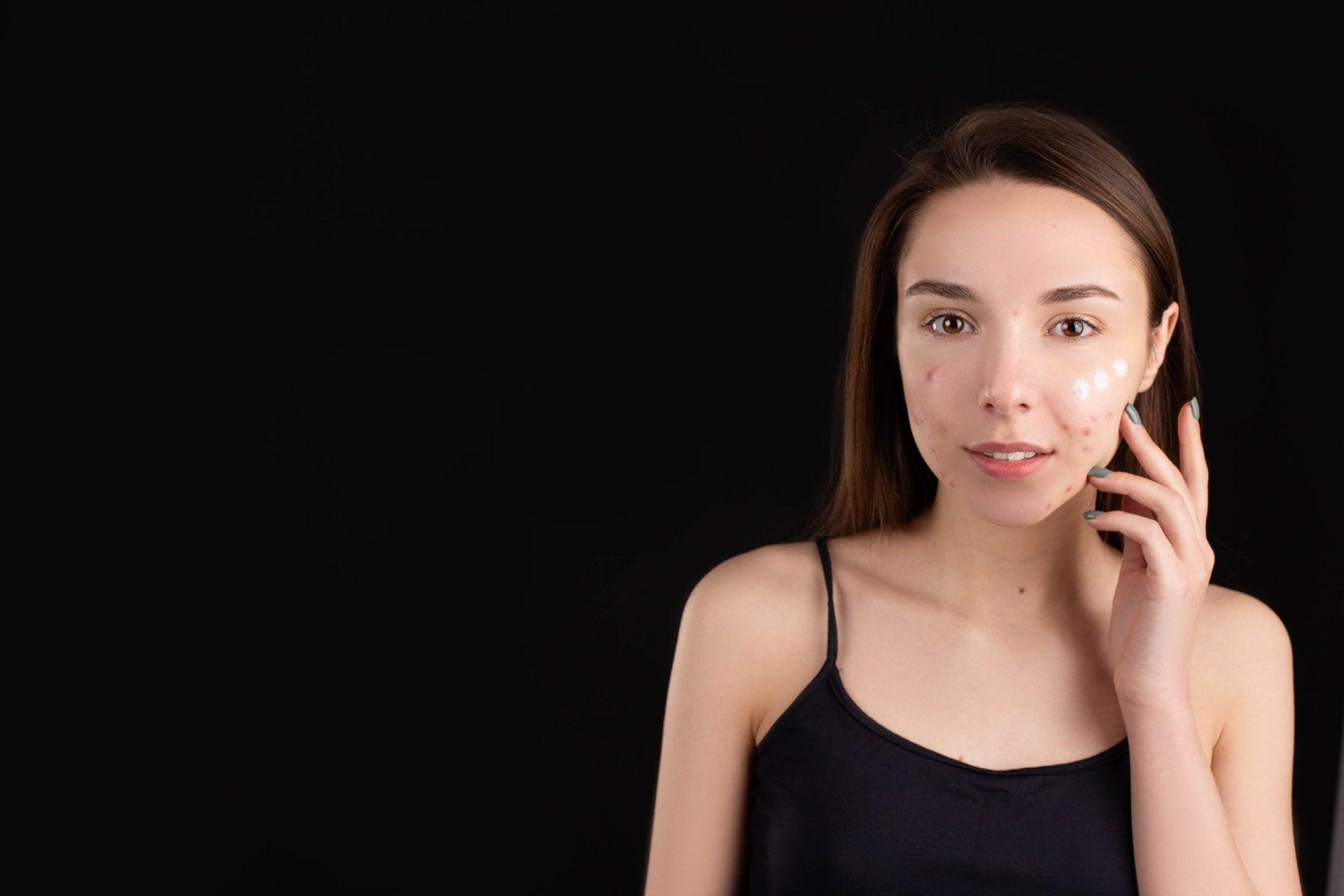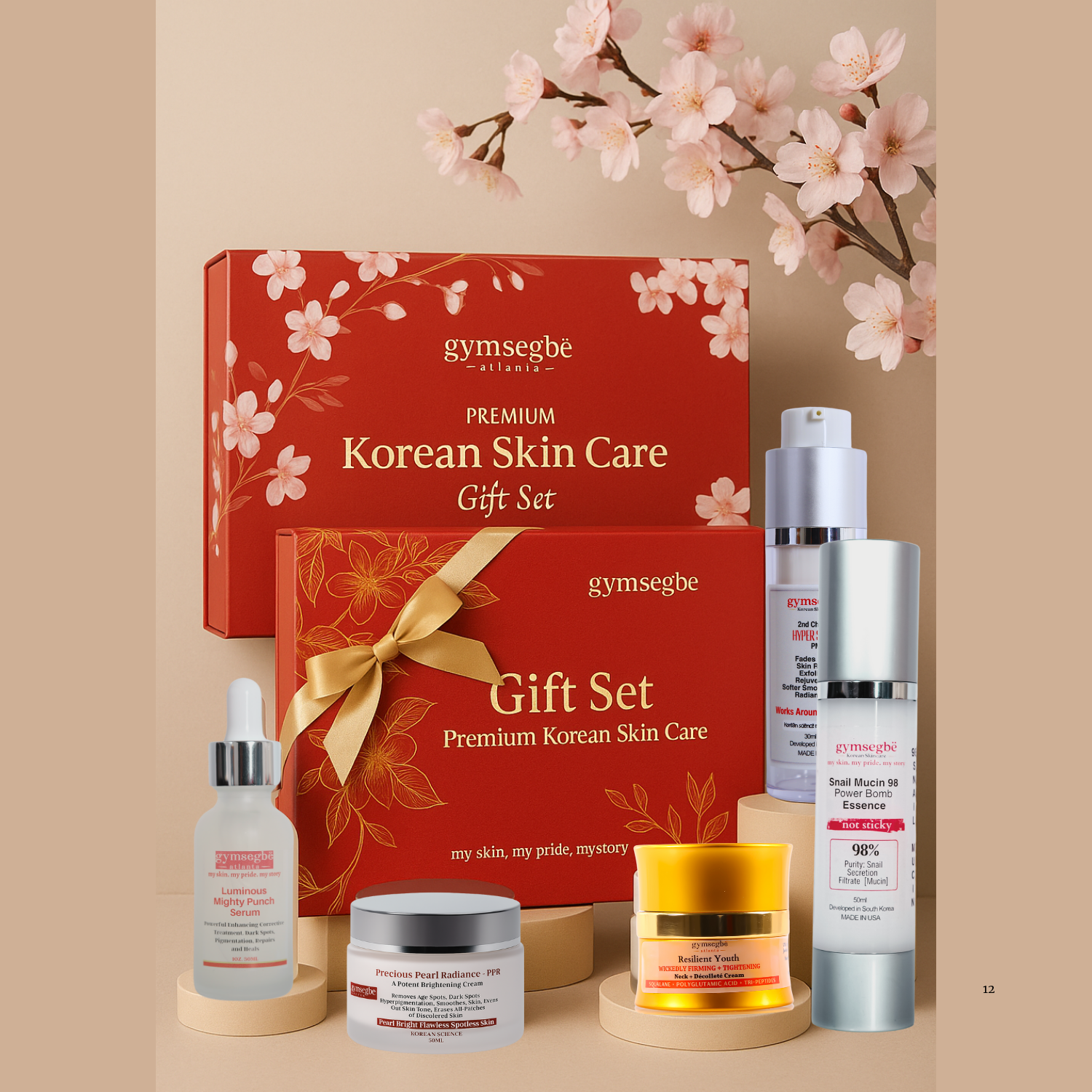The Ultimate Guide to Treating Acne-Prone Skin: Which Products to Include

Treating acne-prone skin is more than just applying anti-blemish products. From changing the lifestyle routine to adjusting your skincare routine - all these things can only make your face look better and more importantly, healthier.
When people think about acne-prone skin, the first thing coming to their mind are big red bumps on the face. However, many people are not even aware of how they should treat acne and acne-prone skin in general. We created this guide so you can see which products to use and how to recognize different types of acne.

How to Differentiate Acne?
Even though acne is a skin condition term that refers to breakouts, pimples became a synonym with the term. Acne symptoms all start in the same way. They all have the same starting point, microcomedone, which refers to the block of narrow ducts from the deeper dermis to the skin surface.
From this point, microcomedones can become open or closed. Open are known as blackheads, while closed ones are red and with whitehead on the skin’s surface. However, some microcomedones develop into inflammatory conditions. They go deeper into the skin as they are now known as papules.
Three common types of acne are:
- Comedones - Usually known as blackheads and whiteheads, the comedones appear on oily skin and T-zone. However, they can also appear everywhere, and not only people with oily skin have them.
- Papules and pustules - Papules and pustules are inflammatory acne, probably what you usually imagine when you say acne. Both of these acne can be signs of bacteria. They appear on the skin’s surface and the main difference between them is that pustules contain pus.
- Cysts - Cysts occur during hormonal changes, such as menses. They tend to show as deeper breakouts and can feel tender to the touch. These types of acne can be found on the lower part of the face and on the jawline.

What Causes Acne to Appear?
Unfortunately, there isn’t only one reason that causes acne to appear. Usually, they are hormonal, inflammatory due to bacteria, or generally when too much dead skin and clogged pores are on the skin surface. These are the most common reasons that cause acne to appear on the face.
Hormones
The same hormones that provoke acne usually are working on more oily skin as well. The main responsible hormones for acne are androgens. They increase sebum production, especially in teenage age in women.
Dead Skin Cells
Dead skin cells on the surface can cause clogged pores and breakout. That is why it is important to exfoliate regularly and keep your face in good condition.
Diet
It is well known that what we eat can affect our skin condition. High glycemic index diets are usually related to acne, according to professionals. Some of the foods with a high glycemic index are white bread and sugar. When your diet is full of these, you can expect acne to appear.
Excess Sebum on Skin
Sebaceous glands produce sebum and are usually located at the end of hair follicles or pores. The oil is not necessarily bad - it is designed to keep your skin hydrated. However, when the sebum enters into overdrive, it can cause breakouts and acne to appear.

Finding Best Skincare Routine for Acne
The best way to treat acne is by incorporating the right products into your daily skincare routine. Follow these steps to keep your skin healthy.
Cleanse
People with oily skin and those prone to acne or breakouts need to cleanse the skin 1-2 times a day. Choosing a perfect cleanser is what is crucial to keep your skin healthy and to avoid breakouts and inflammation.
This Deep Treatment Acne Cleanser is foamy, packed with powerful ingredients that work on thoroughly cleaning your skin. It will surely get off all the dirt and debris from your face, as well as soothe it. It is suitable for all skin types that have problems with acne.
Exfoliation
Cleansing is important, but exfoliation might be even more important, especially for people with acne. Since cleansing can remove dirt and excess oil, exfoliation is important for removing dead skin cells and letting your pores breathe.
Perfect Trifecta Acne Peel is an amazing product, packed with different types of acids, fruit extracts, and castor oil. It will gently but effectively exfoliate your skin, leaving it clean, healthy, and with less visible acne.
Toning
Toners are great products, even though they are not required in your daily skincare routine. However, if you decide to use them, you can expect to see balanced skin with a reduced acne appearance. Toners that are formulated for acne should remove dirt, and excess sebum as well as unclog pores.
Try this Pore Exfoliating Daily Acne toner for balanced and clean skin. It targets trapped oil and dirt under the layers of the skin and gently removes them.
Moisturize
Many people believe they should avoid both serums and moisturizers when they have oily skin. This is absolutely wrong! You need to hydrate your skin for it to stop the overproduction of sebum. Make sure to pick a moisturizer that is not too heavy and won’t clog your pores.
You will need something to reduce acne and inflammation. This New Skin Natural Intensive Acne serum will soothe inflammatory processes on your skin, such as acne, pus-filled lesions, and papules.
Be Consistent
If you want to see results, you need to be consistent with your acne-fighting routine. You will need to commit to this daily routine, use the same products day after day, and the results will show.
















